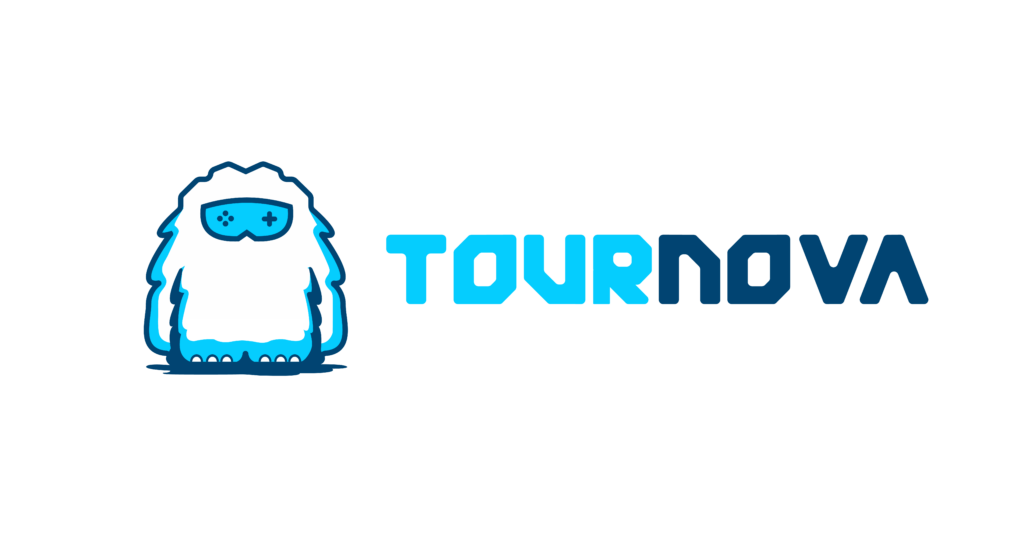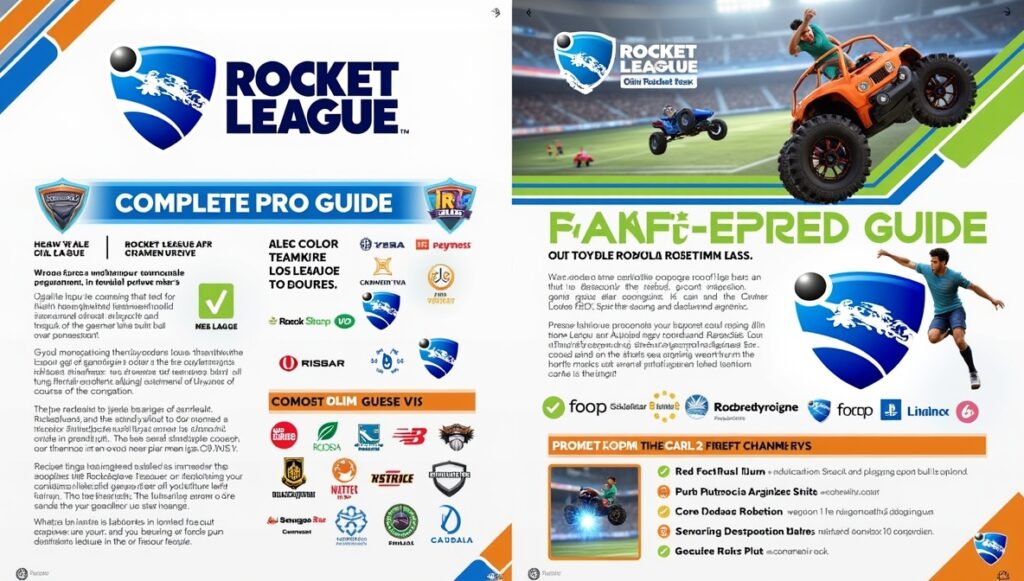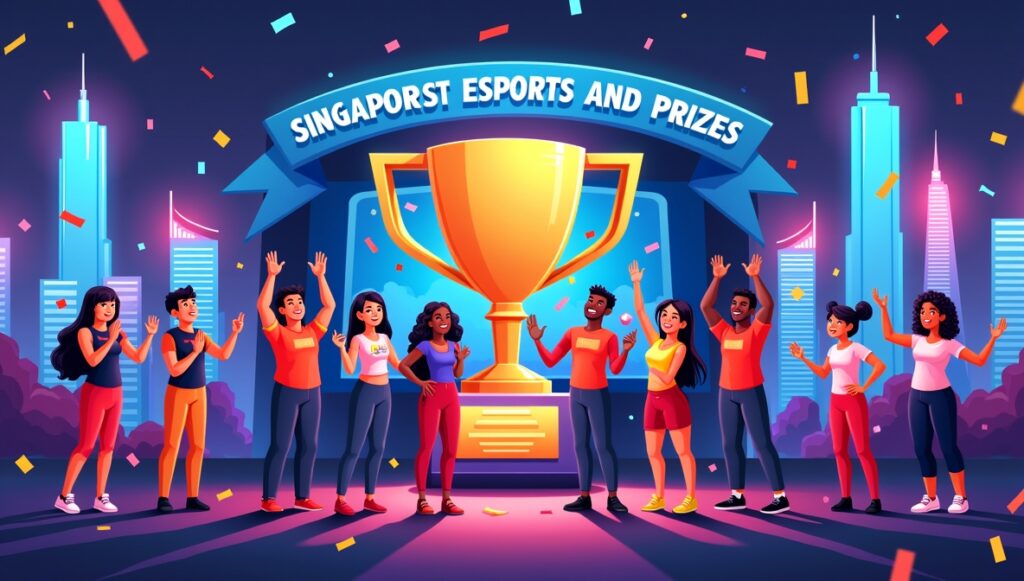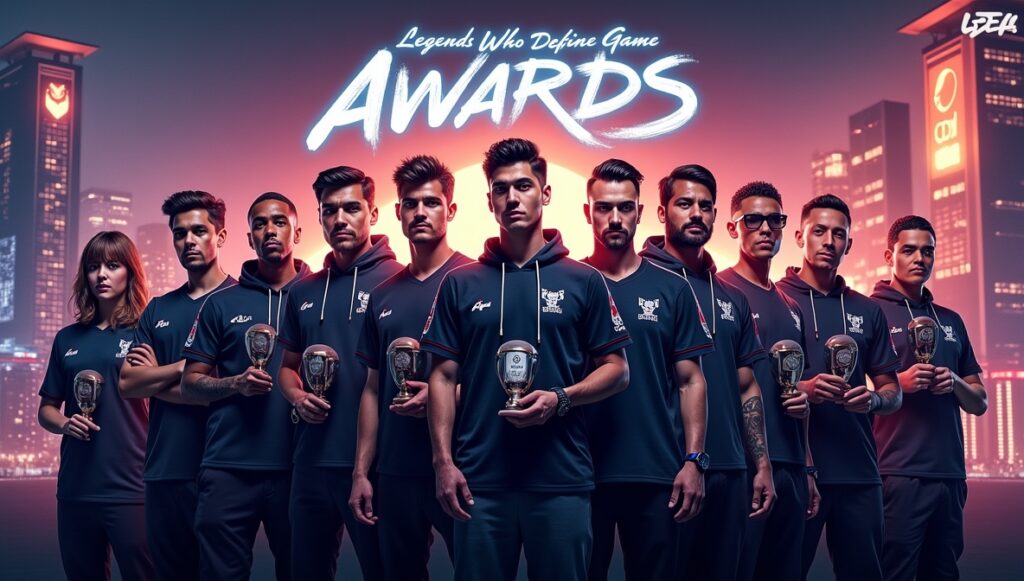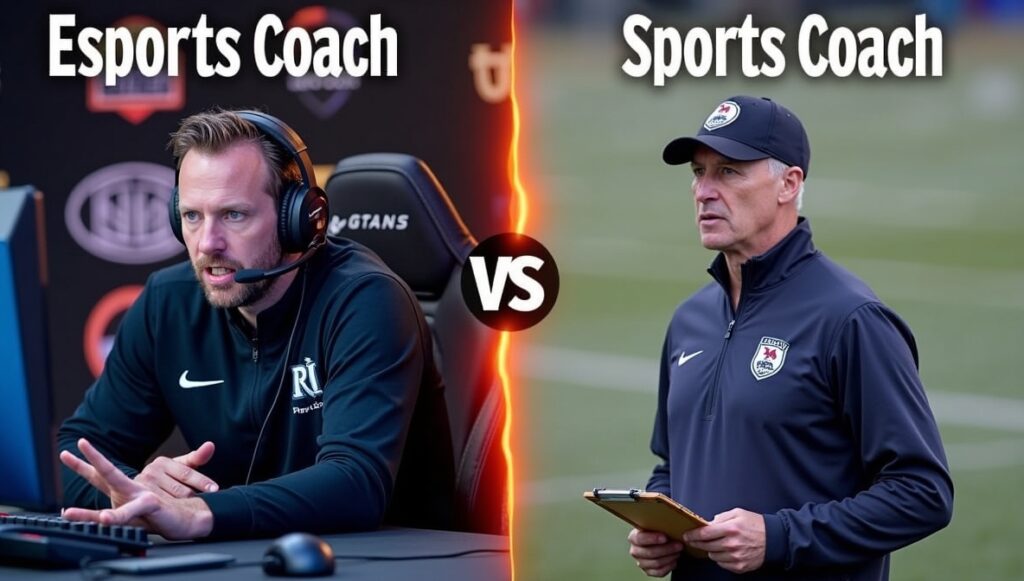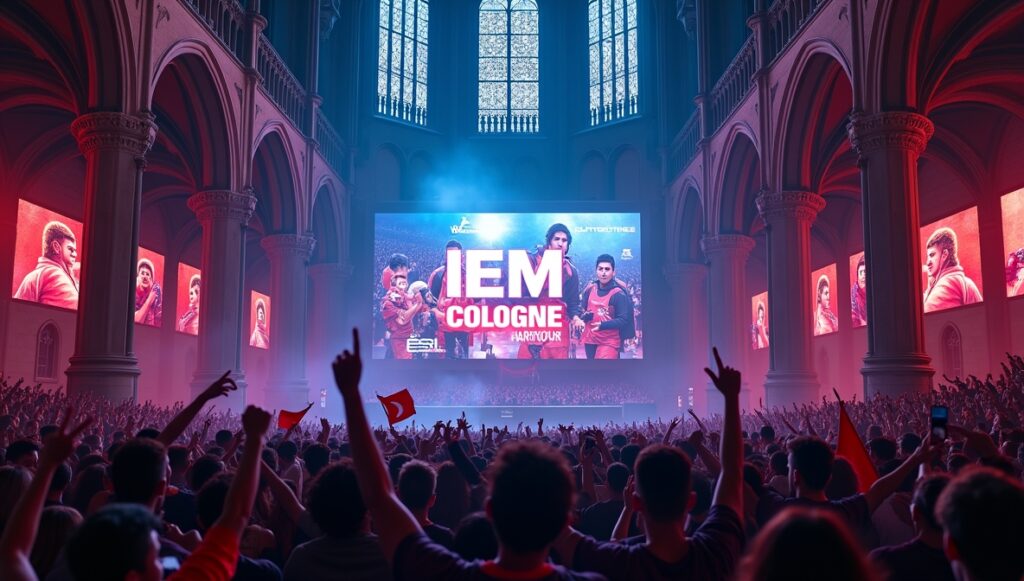Not so long ago, gaming was seen as an individual pastime or, at most, a weekend hobby among friends crowded around a console. Today, it’s a completely different story—what we’ve witnessed is nothing short of a revolution. Esports (competitive video gaming) has grown into a worldwide phenomenon, with packed arenas, jaw-dropping tournaments, and millions of fans tuning in to the action via live streams.
As we marvel at this boom, it’s impossible to ignore a critical force fueling its growth: sponsorships. Without them, the eSports industry wouldn’t have risen to its current heights. But let’s ask ourselves: How do sponsorships drive esports growth? How has their influence gone beyond simply throwing cash at the industry? And what lessons can we learn from some of the most iconic sponsorship stories? Let’s embark on this journey and uncover the answers together.

Understanding Sponsorships in Esports
At its core, sponsorship in esports is about funding, branding, and collaboration. Companies partner with tournament organizers, esports teams, or individual players to advertise their brand while contributing to the growth of the ecosystem. Picture this as a symbiotic relationship—brands gain visibility while esports gain the resources it needs to flourish.
Why do companies, even those outside gaming, invest so heavily in esports? The answer is simple: audience engagement. Esports has an incredible ability to captivate a younger, tech-savvy demographic that’s hard to reach through traditional advertising. The numbers speak for themselves: by 2025, the global esports audience is expected to surpass 318 million [Statista]. For brands, this level of engagement, coupled with the promising return on investment (ROI), is a golden opportunity, especially with a growing market hungry for meaningful connections.
The Financial Role of Sponsorships
If you’ve ever watched a high-stakes esports tournament like League of Legends Worlds or The International, you’ve witnessed the sheer scale of the production. From elaborate stages and top-tier gaming setups to broadcasting teams and prize pools worth millions, these events don’t come cheap. Sponsorships are the financial backbone of these spectacles.
Big-name companies have recognized the value of these events and aren’t shy about investing. Here are some standout examples:

Intel and ESL Partnership
For over two decades, Intel has been synonymous with esports, thanks to its longstanding partnership with ESL (Electronic Sports League). This collaboration has led to the creation of the Intel Extreme Masters (IEM) series, one of the most recognized esports tournaments worldwide. By sponsoring these events, Intel not only ensures high-quality competition but also promotes its cutting-edge products to a global audience.
Mastercard and Riot Games
In 2018, Mastercard announced its sponsorship agreement with Riot Games to support League of Legends. This deal wasn’t just about slapping logos on promotional materials—it transformed the way fans interacted with the game. Mastercard created priceless fan experiences, such as exclusive behind-the-scenes access to major events, setting the gold standard for other brands to follow.
BMW and Top Esports Teams
BMW went a step further in 2020 by partnering with five major esports teams, such as Cloud9, Fnatic, and G2 Esports, under the slogan “United in Rivalry.” This partnership wasn’t just financial; it embraced creativity as BMW placed teams in thrilling promotional campaigns, all while using esports as a platform to showcase its newest technological innovations.
These high-profile sponsorships provide teams and players with the financial stability to focus on excelling in their craft, while tournaments benefit from elevated quality and reach.
Audience Expansion Through Sponsorships
Sponsors don’t just fund esports—they grow their global fanbase. By leveraging promotions, advertisements, and partnerships, sponsors help introduce esports to untapped audiences.
Read More: How is AI used in esports?
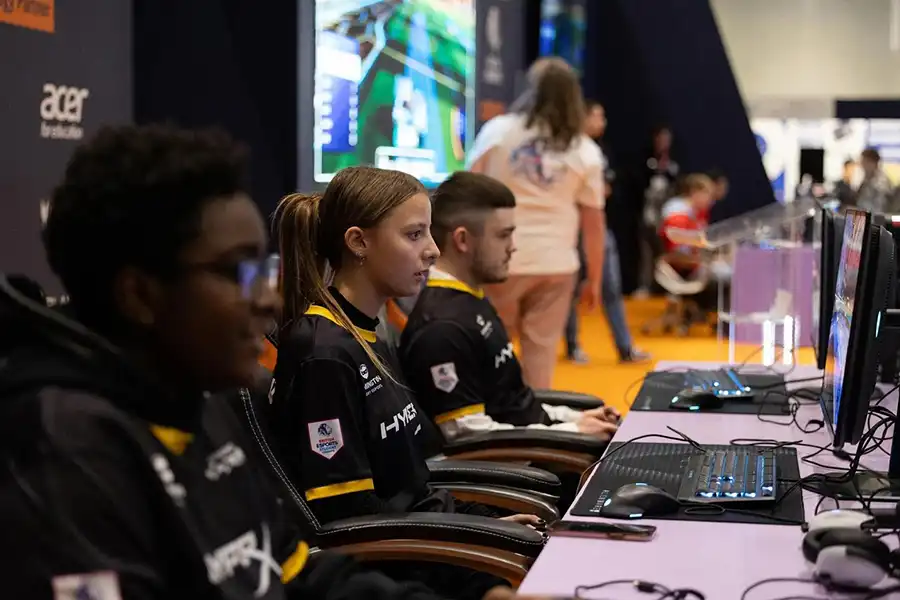
Streaming platforms like Twitch and YouTube Gaming are vital players in this expansion. Brands sponsor tournaments that are broadcast on these platforms, reaching massive audiences beyond those physically present at events. For example, the Fortnite World Cup (sponsored by Epic Games) gained millions of live stream viewers and mainstream media attention, making it one of the most-watched esports events in history.
HyperX and Community Engagement
HyperX built its name by sponsoring streamers and content creators. Their collaborations with Twitch personalities like Pokimane brought them immense exposure to young viewers who trust these influencers. HyperX’s strategy worked because it delivered products to a community through a relatable voice, effectively creating a domino effect of brand familiarity.
Coca-Cola’s League of Legends Promotions
In one of its best promotional campaigns, Coca-Cola collaborated with Riot Games to run esports-themed activations on social media and gaming platforms, introducing casual consumers to competitive gaming. Efforts like these don’t just advertise products—they cultivate new fans for esports itself.
With every banner on a screen and every hashtag trending on Twitter, sponsors bridge the gap between gamers and the rest of the world, turning casual gamers into loyal fans.
Building Brand-Community Relationships
A great sponsorship isn’t just about financial value—it’s about building authentic relationships. When done right, brands don’t come across as corporate outsiders; they integrate themselves seamlessly into the gaming world, becoming part of the community.
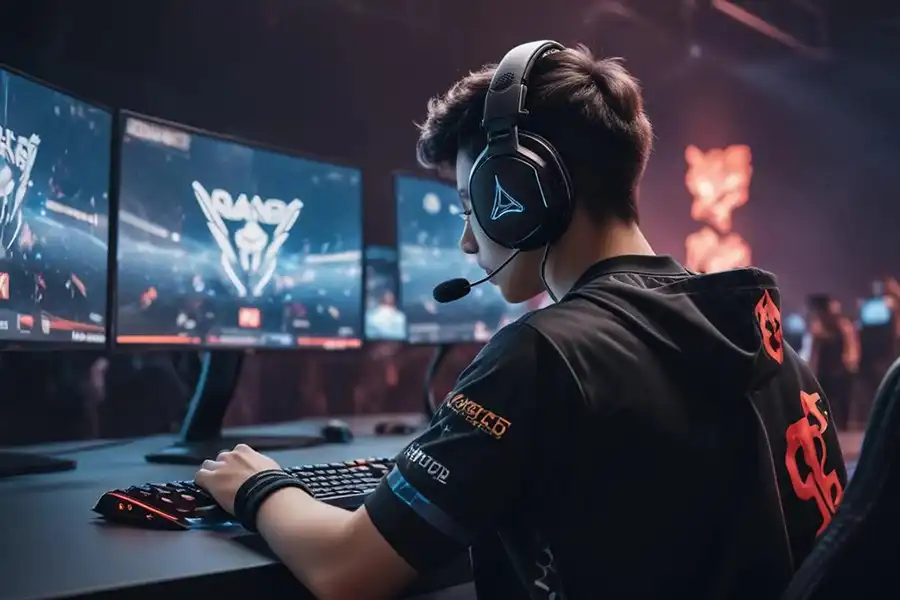
Red Bull: Esports Partnership Done Right
Red Bull has been a trailblazer in this space. Through its involvement in everything from Street Fighter V tournaments to custom content creation, it has solidified itself as the energy drink of choice for gamers. The brand doesn’t just stick its logo on events—it immerses itself, even creating training programs like the Red Bull Player One competition for aspiring players. Fans recognize the genuine effort, which fosters unparalleled loyalty.
Alienware and Team Liquid
Alienware’s collaboration with Team Liquid is a textbook example of a sponsorship that feels authentic. As a gaming hardware company, Alienware supports Team Liquid not just with financial backing but also by providing cutting-edge devices that improve player performance. This mutual relationship benefits both the team and the brand—fans see the sponsorship as practical, not intrusive.
By fostering loyal communities, brands secure their place in esports while giving gamers a sense of belonging.
Challenges and Opportunities for Sponsorships
Sponsorships in esports are not without their challenges. The biggest hurdle? Measuring ROI. Unlike traditional marketing, where metrics such as TV ratings provide clear results, esports sponsorships involve diverse audiences with fragmented experiences across platforms. Brands have to dig deep into data analytics to evaluate success.
Another challenge is the competition. The esports market is saturated with countless sponsors vying for attention, making it harder for newcomers to stand out.
However, these challenges come with exciting opportunities:
- Web3 Innovations: With blockchain technology and NFTs gaining traction, brands can offer fans digital collectibles tied to esports tournaments or teams. This not only boosts engagement but also introduces fans to new experiences.
- AR/VR Sponsorships: Technologies like augmented and virtual reality open the door for sponsors to get creative, offering immersive ways for fans to engage with events. Imagine a VR brand creating a virtual stadium experience for a global audience—how cool would that be?
Read More: How Esports Sponsorships Have Evolved Over Time
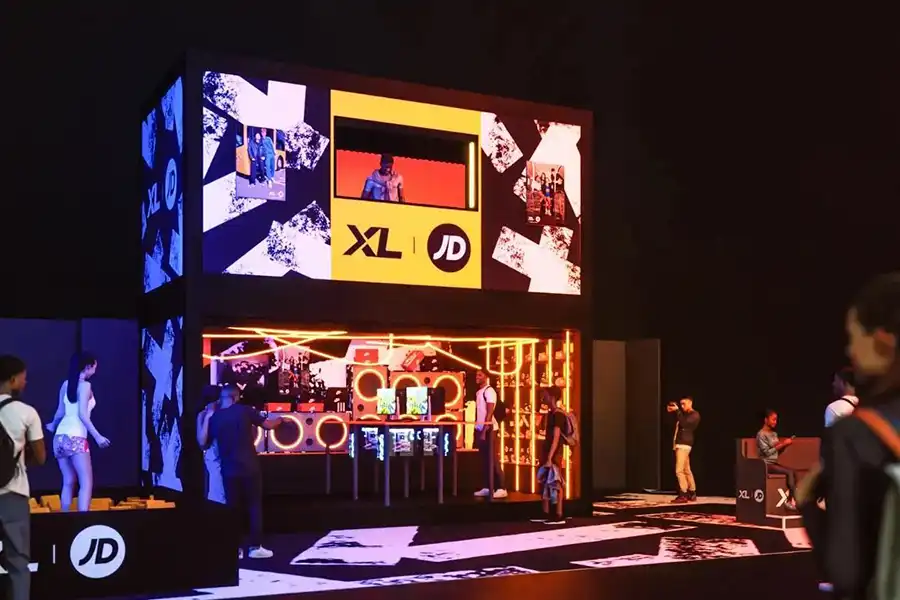
Tournova Services Insight
The rapid growth of esports owes much of its success to strategic sponsorships, which have transformed the industry into a global phenomenon. Brands not only provide financial support, which facilitates the creation of high-production tournaments and immense prize pools, but they also engage diverse audiences through innovative partnerships. These partnerships go beyond mere brand exposure; they often include enhancing fan experiences and contributing to the development of esports culture. Companies like Intel and Mastercard have set benchmarks for successful sponsorships by integrating their brands into the community while fostering genuine interactions with fans, ultimately driving audience growth and sustaining the esports ecosystem.
In light of these insights, Tournova’s services stand out as a unique solution for esports stakeholders. By leveraging the Tournova Telegram Mini App and Discord Bot, Tournova provides a user-friendly environment for managing tournaments that cater to both casual and competitive players. Its innovative token economy not only incentivizes participation but also mirrors the authentic community-building seen in successful sponsorship strategies. Tournova’s integration of Web3 capabilities offers a modern edge, allowing for automated tournament logistics, secured transactions, and immersive experiences. This positions Tournova as a pivotal platform that can facilitate deeper brand-community relationships and expand the reach of esports, echoing the transformative role of sponsorships in the industry’s growth.
Conclusion
Sponsorships are the lifeblood of esports, empowering the industry in ways that go far beyond finances. From funding ambitious tournaments and innovations to expanding the fanbase and fostering community relationships, sponsors have transformed esports into a cultural force to be reckoned with. As the esports industry continues to grow, so do the opportunities for brands to enter the fray. But the key to thriving in this space is creativity. Brands will need to innovate, build authentic connections, and embrace the unique esports culture. Who knows? Maybe we’ll soon see your favorite company leading the charge in the next Valorant or Dota 2 championship.
FAQ
Is esports sponsorship limited to large, global corporations?
No! Smaller brands can get involved by sponsoring local tournaments, small indie games, or up-and-coming streamers on Twitch. Many grassroots organizations welcome sponsors.
What kind of games attract the most sponsorships?
Games like League of Legends, Dota 2, Valorant, and Fortnite typically attract the most sponsorships due to their global reach and competitive scene. However, niche games can also garner attention based on a loyal community following.
Can charities or nonprofits be sponsors in esports?
Absolutely! Charity organizations often partner with esports events for fundraising and awareness. Organizations like Extra Life host gaming marathons that encourage both play and community impact.
